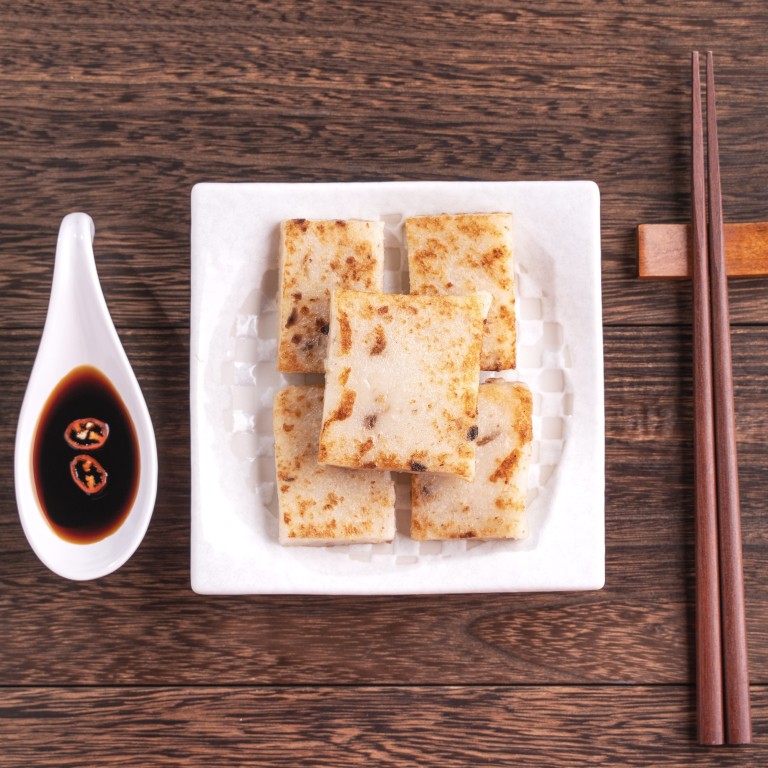Why is eating turnip cake and nian gao sticky rice cakes believed to bring good luck during Lunar New Year?

Lunar New Year comes with a myriad of traditions, customs and auspicious acts, and food is far from being an exception
Lunar New Year – which this year falls on January 25 – comes with a myriad of traditions, customs and auspicious acts, and food is no exception.
Two dishes that are said to bring luck and prosperity to the eater are turnip cake and nian gao; the latter is also associated with tales of people-eating monsters and deity bribery.
Turnip cake
For readers not familiar with this beloved staple, the first thing to clear up is that the “cake” is not made from turnip; it is made from white radish, known to many by its Japanese name, daikon.
The dish’s English name is a simple case of lost in translation, according to Lau Chi-Man, dim sum head chef of Michelin-starred Hong Kong restaurant Duddell’s. “Previously, it was rare to see white radish outside Asia, and the look of it is similar to turnip. People used that name for a long time before realising the mistake, but the name turnip cake stayed.”

But how it came to be associated with Lunar New Year is unclear.
Tse Sun Fuk, head dim sum chef at another Michelin-starred Cantonese restaurant in Hong Kong, Ming Court, says: “The origin of turnip cake is divergent. Some say that many Cantonese in the Guangdong region were poor, and Chinese white radishes are cheap and grow best in cold weather. So it started to be commonly used to make Chinese cakes during Lunar New Year.”